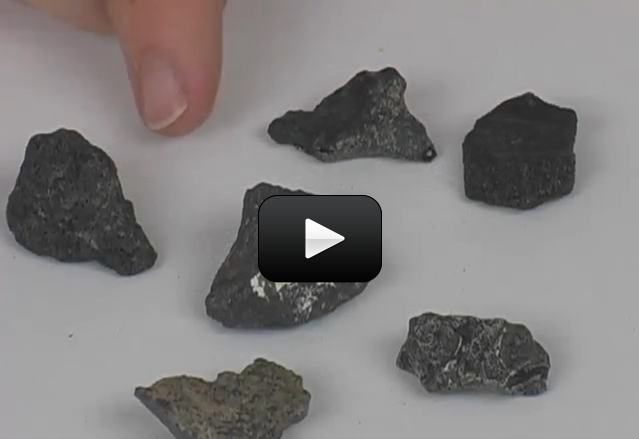A magnetic field is the area around a magnet or an electrical current that attracts or repels objects that are placed in the field. The closer the object is to the magnet, the more powerfully it’s going to experience the magnetic effect. Nearly all minerals that are magnetic have iron as a component.
Please login or register to read the rest of this content.


Ferromagnetic materials are iron, nickel, and cobalt. Not gold, though. 🙂
So it gold magnetic?
-Olivia